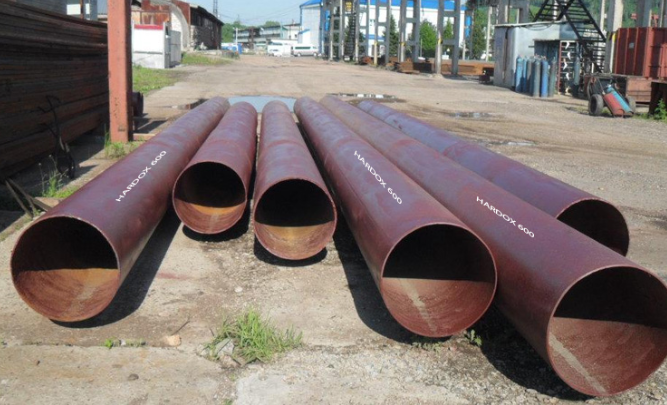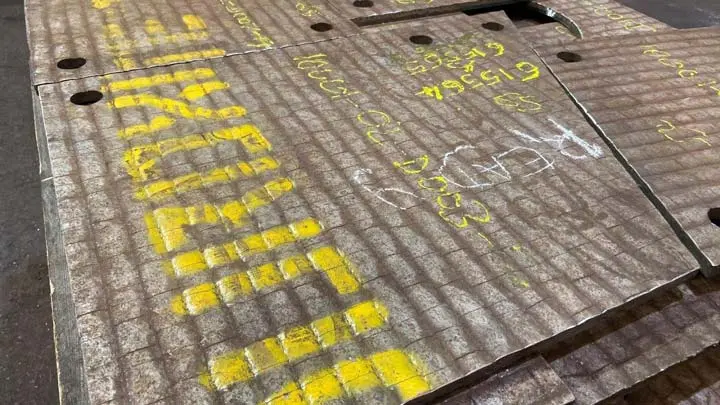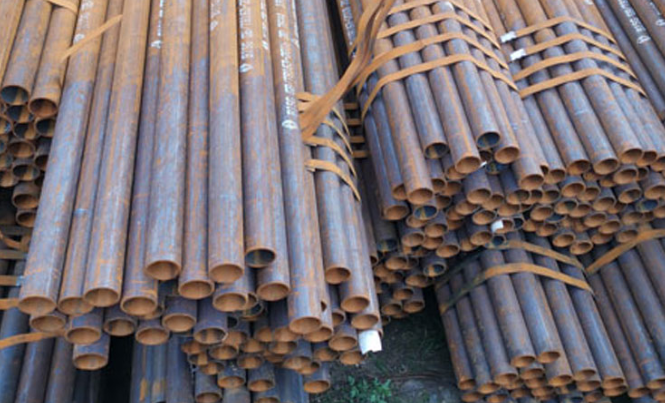In the world of mining, tunnelling, and construction, Rock Bolts play a crucial role in ensuring the stability and safety of underground structures. These essential support systems reinforce rock masses, preventing collapses and enhancing structural integrity. Whether used in tunnels, slopes, or underground excavations, they are important in modern engineering projects.
This blog discusses the definition, classification, method of installation, and importance of Rock Bolts, highlighting why they are essential in some industries.
What Are Rock Bolts?
A Rock Bolt is a long rod-shaped anchor installed in a rock drill hole and tensioned to improve the strength and stability of the rock mass. In effect, it serves as a mechanism for reinforcement, spreading stress and avoiding rock falls or failure of underground structures.
Rock Bolts function by creating an artificial support system that binds fractured rock layers together minimizing movement and improving overall stability. They are widely used in:
- Mining tunnels
- Underground excavations
- Highway cuttings
- Dams and bridges
- Slope stabilization
Types of Rock Bolts
There are various types of Rock Bolts, each designed to meet specific engineering needs. Some of the most common types include:
1. Mechanical Rock Bolts
They have expansion shells on the end that expand against the rock when screwed up. They are used to provide instant support and are heavily utilized in mine and tunnel uses.
2. Resin-Grouted Rock Bolts
These bolts are anchored using a resin-based adhesive, which closes the hole and fixes the bolt onto the rock. They are appropriate for long-term stability and should be used in permanent support systems.
3. Friction Rock Bolts (Split Set Bolts)
These bolts rely on friction to hold the rock layers together. They are driven into holes that are a little narrower than themselves, where they exert pressure on the rock walls. These are commonly deployed in mining activities.
4. Cable Bolts
Cable bolts consist of steel cables grouted in rock masses with cement or resin. Cable bolts are well adapted to high-stress applications, such as deep mines below ground.
5. Swellex Rock Bolts
Swellex bolts are water-inflated and expand against the rock walls. They provide quick and reliable reinforcement in tunnels and excavation projects.
Installation Process of Rock Bolts
The installation of Rock Bolts requires precision and expertise to ensure maximum effectiveness. The process generally follows these steps:
- Drilling the Hole – A hole is drilled in the rock with a certain angle and depth as per the engineering design.
- Inserting the Rock Bolt – The Rock Bolt is inserted into the drilled hole.
- Anchoring the Bolt – Depending upon the Rock Bolt type, it is anchored either by mechanical expansion, resin, cement grout, or friction.
- Tensioning the Bolt – Certain bolts are tensioned to develop active support by loading the rock.
- Quality Check – Post-installation, engineers check the stability of the bolt and confirm that it complies with safety standards.
Significance of Rock Bolts
Rock bolts are a vital component in many industries because of their many advantages. Here’s why they are so crucial:
1. Increasing Safety
The main purpose of rock bolts is to avoid rock falls and collapses in tunnels, mines and slopes. They largely minimize the possibility of accidents due to unstable rock masses, which keeps workers and infrastructure safe.
2. Providing Cost-Effective Solutions
In contrast to conventional support systems such as steel frames rock bolts provide a more cost-effective and efficient means of strengthening rock structures. Installation takes less material and labour, which makes them the first choice for most projects.
3. Improving Structural Integrity
By reinforcing weak or fractured rock, it enhances the overall strength and stability of the structure. This is crucial in projects like underground metro systems, hydropower plants, and deep mining operations.
4. Supporting Slope Stabilization
In regions prone to landslides, they are used to stabilize slopes and prevent soil erosion. They help maintain the stability of highways, railways, and other critical infrastructures.
5. Facilitating Underground Excavations
Rock bolts are dependent on excavation schemes like subway tunnels, road tunnels, and underground storage facilities to provide rock stability. They allow engineers to work in confined underground spaces without compromising safety.
Conclusion
Rock bolts are important to contemporary construction, mining, and infrastructure development. Their capacity to stabilize rock masses makes them a valuable device for geotechnical engineers. In tunnels, mines, or slopes, it offers a reliable, affordable and effective means of rock reinforcement. Knowing their types, installation, and significance assists in making informed choices for stable and secure structural projects.
In summary, rock bolts are not just simple reinforcement tools, they are life-saving engineering solutions that enhance the safety and durability of rock structures worldwide.







